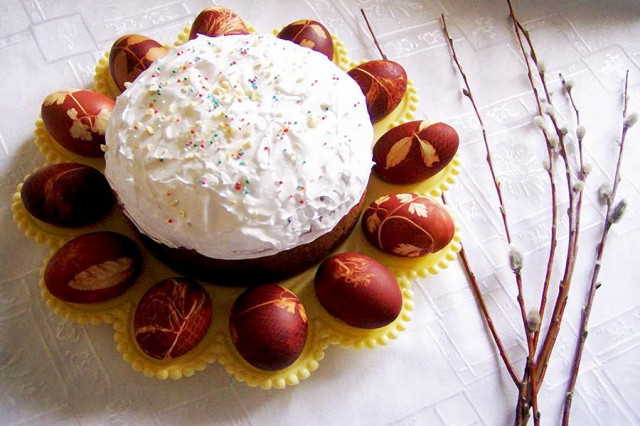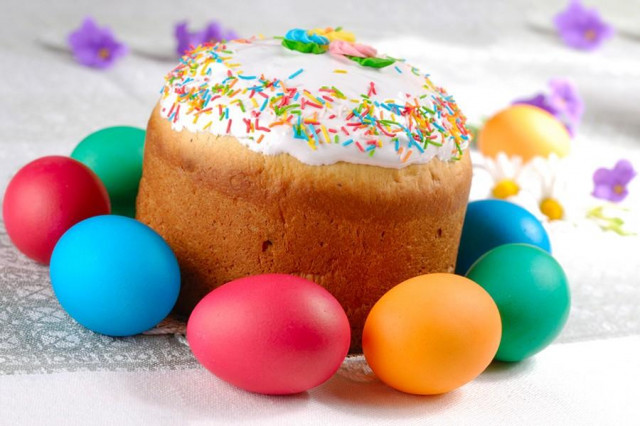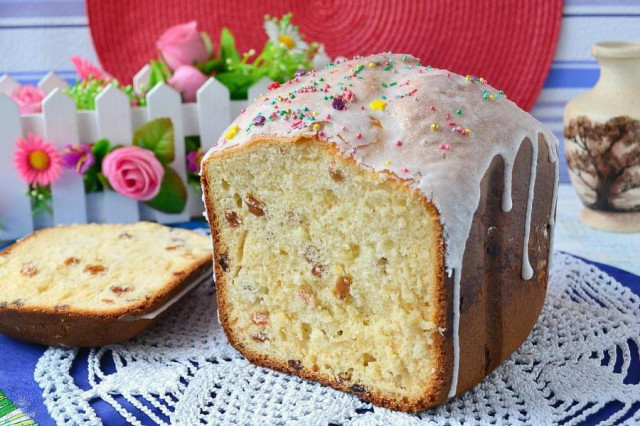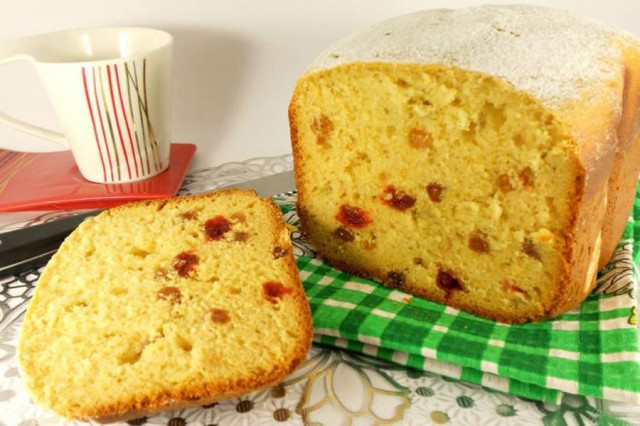Composition / ingredients
Cooking method
How to bake a pastry cake in a bread maker? At the very beginning, beat the eggs into a bowl and start beating them with a whisk or a mixer. Gradually add sugar and vanilla sugar, continuing to beat.
Pour the well-beaten eggs into the bread maker container itself. Add room temperature milk, soft butter and salt to the same place.
Next, sift the prepared amount of flour and add it to the same bread maker container. Last of all, pour yeast on the flour.
Note that you do not need to mix anything yourself, because the bread maker will do it for you.
After adding all the ingredients to the container, turn on the program "Butter cake" or "Sweet bread" (the name of the programs depends on the model of your bread maker). The weight is 500 grams, the color of the crust is average. Read the instructions for your bread maker!
While the dough is kneading and rising, take care of the raisins.
Pour the raisins into a separate plate and pour boiling water over it and let it stand for 5 minutes.
To make the raisins more evenly distributed in the dough, dry it from the water and dip it in flour.
When the dough starts to rise, the bread maker will give a signal. This will mean that the prepared raisins can be added to the dough.
After a certain time, the oven will signal the end of the process. Remove the golden cake from the container and give it time to cool down.
Easter cake can be decorated with icing, powder and other sweet accessories.
Be prepared for the fact that you may need more or less flour than indicated in the recipe. Focus not on the amount of flour, but on the desired consistency of the dough. To avoid mistakes, read about flour and its properties!
Dry yeast can be replaced with fresh pressed yeast, based on the proportion of 1:3. That is, for 1 gram of dry yeast required by the recipe, you need to take 3 grams of fresh.
Bright holidays and delicious cake!
Caloric content of the products possible in the composition of the dish
- Whole cow's milk - 68 kcal/100g
- Milk 3.5% fat content - 64 kcal/100g
- Milk 3.2% fat content - 60 kcal/100g
- Milk 1.5% fat content - 47 kcal/100g
- Concentrated milk 7.5% fat content - 140 kcal/100g
- Milk 2.5% fat content - 54 kcal/100g
- Chicken egg - 157 kcal/100g
- Egg white - 45 kcal/100g
- Egg powder - 542 kcal/100g
- Egg yolk - 352 kcal/100g
- Ostrich egg - 118 kcal/100g
- Whole durum wheat flour fortified - 333 kcal/100g
- Whole durum wheat flour, universal - 364 kcal/100g
- Flour krupchatka - 348 kcal/100g
- Flour - 325 kcal/100g
- Granulated sugar - 398 kcal/100g
- Sugar - 398 kcal/100g
- Butter 82% - 734 kcal/100g
- Amateur unsalted butter - 709 kcal/100g
- Unsalted peasant butter - 661 kcal/100g
- Peasant salted butter - 652 kcal/100g
- Melted butter - 869 kcal/100g
- Raisins - 280 kcal/100g
- Kishmish - 279 kcal/100g
- Salt - 0 kcal/100g
- Vanilla sugar - 379 kcal/100g
- Dry yeast - 410 kcal/100g







